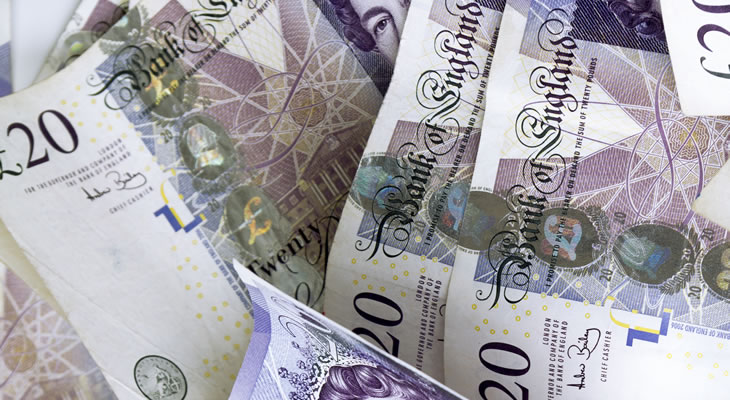Underwhelming UK Job Stats Cause Drop in Pound to Australian Dollar Exchange Rate Outlook
Wednesday’s Pound to Australian Dollar (GBP/AUD) exchange rate movement was not as heavily influenced by the latest wage data as expected – as investors were more concerned about a surprise rise in UK unemployment.
After jumping to a high of 1.7822 on Wednesday morning, GBP/AUD’s best level in over a week, the pair tumbled back down to the level of 1.7735 – only a third of a cent above the week’s opening levels of 1.7708.
Sterling’s (GBP) weakness on Wednesday was caused by Britain’s latest job market results, which revealed that the UK unemployment rate had risen for the first time in almost two years.
UK unemployment was forecast to have remained at 4.3%, but instead worsened to 4.4%. The latest employment change figure was also disappointing, coming in at 88k – well below the expected 173k.
As a result of the rise in unemployment, Bank of England (BoE) interest rate hike bets fell, despite a slightly better than expected UK wages report. According to Professor Costas Milas from the University of Liverpool;
‘Today’s unemployment rate is potentially a turning point on the thinking of MPC members. It is more likely than not that they will want to see a reversal of this rise in unemployment in the next few months before contemplating another interest rate hike in May 2018.’
Australian Dollar (AUD) Exchange Rates Only See Limited Benefit from Wage Data
Australia’s own Q4 2017 wage growth results appeared to beat expectations too on Wednesday, but the report’s details indicated that wage trends were perhaps not strong enough to change the Reserve Bank of Australia’s (RBA) interest rate outlook.
The Australia wage price index unexpectedly rose from 0.5% to 0.6% quarter-on-quarter in Q4, while the year-on-year figure beat expectations by rising from 2% to 2.1%.
However, the biggest rises in wages were for government employees, particularly in healthcare.
The private sector, on other hand, saw comparatively weak wage growth of just 1.9% year-on-year. As the majority of workers are in the private sector, this report is unlikely to change the RBA’s outlook on monetary policy.
Callum Pickering from Indeed predicted that it could still take some time for wage growth to reach impressive levels again;
‘Economy-wide there remains a high degree of slack in the labour market,
Any improvement in wage growth will be gradual and it could take a number of years before wage growth gets back to 3%.
Anyone hoping for a wage breakout will unfortunately be disappointed.’
Pound to Australian Dollar (GBP/AUD) Forecast to Strengthen if UK Growth Impresses
The Pound to Australian Dollar (GBP/AUD) exchange rate could still end the week above its opening levels if upcoming UK data impresses.
Thursday will see the publication of Britain’s second Q4 2017 Gross Domestic Product (GDP) projections. UK growth is expected to have risen from 0.4% to 0.5% quarter-on-quarter but slowed from 1.7% to 1.5% year-on-year.
If UK growth beats expectations, it could boost market hopes that Britain’s economy has remained resilient despite Brexit uncertainties. This could lead to stronger Pound performance towards the end of the week.
Of course, any Brexit developments could influence Sterling trade too. Investors are currently relatively optimistic that UK-EU negotiations will lead to a transition period and ultimately a ‘soft Brexit’, but any new hard Brexit concerns could still weaken the Pound.
As Australia’s economic calendar will be relatively quiet in the coming sessions, GBP/AUD movement is likely to be mostly inspired by Pound movement. However, risk-sentiment and commodity news could also influence the ‘Aussie’.


Comments are closed.